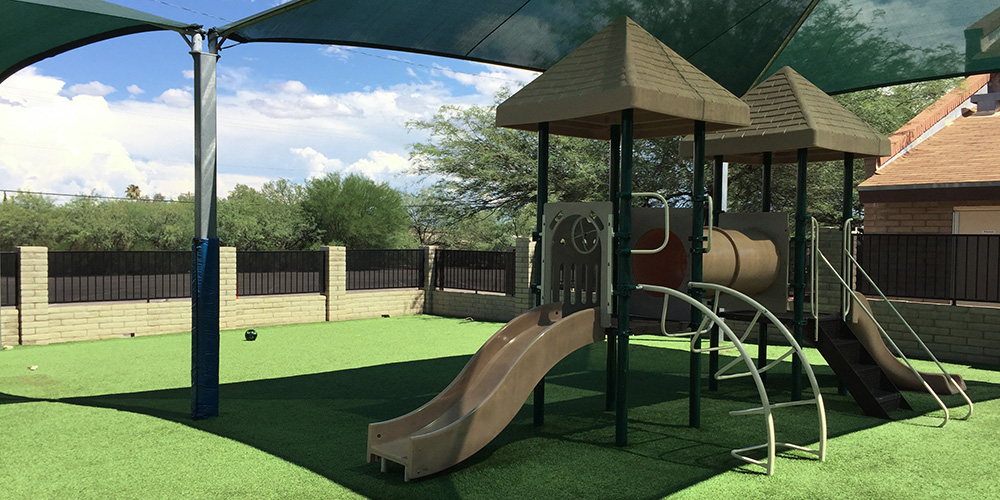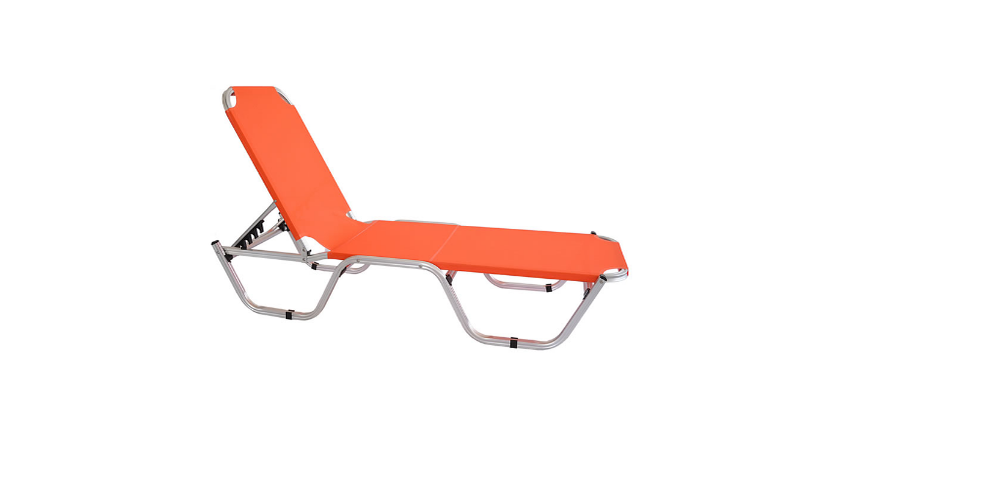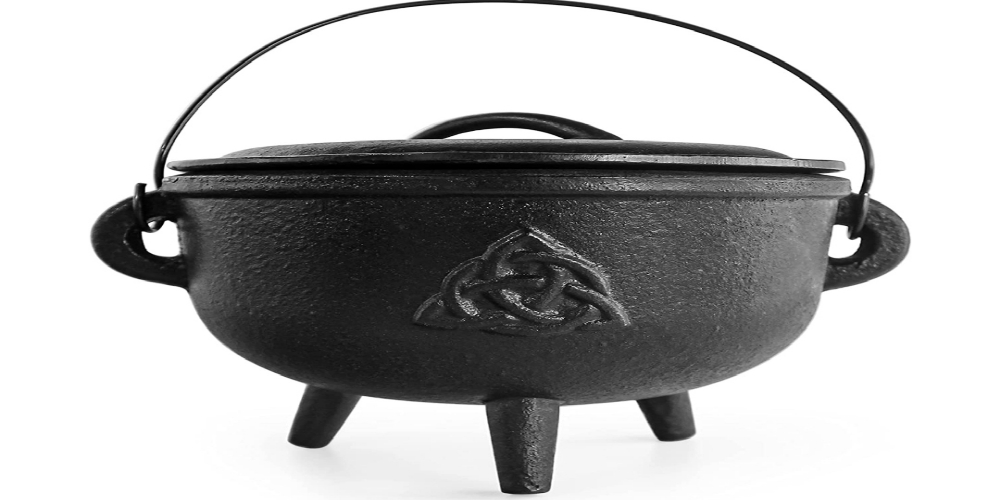Your budget is one factor to consider when deciding on artificial grass. Before you rush out to buy an evergreen lawn that will last for decade, there are a few other considerations you should give some thought to. After all, fake grass costs a lot of money. Please take into account the following points while you deliberate.
Usage
When will you be using your new artificial grass lawn? How many pairs of feet or paws will be walking across it daily? The question of usage must always be taken into account. You risk premature wear and tear on your investment if you choose a turf that isn’t built to withstand foot traffic and pet paws.
Choose a resilient turf if your children enjoy playing outside, and your pets need frequent outdoor exercise. It has the appearance of natural grass, the texture of the soft fabric, and the absence of sharp edges.
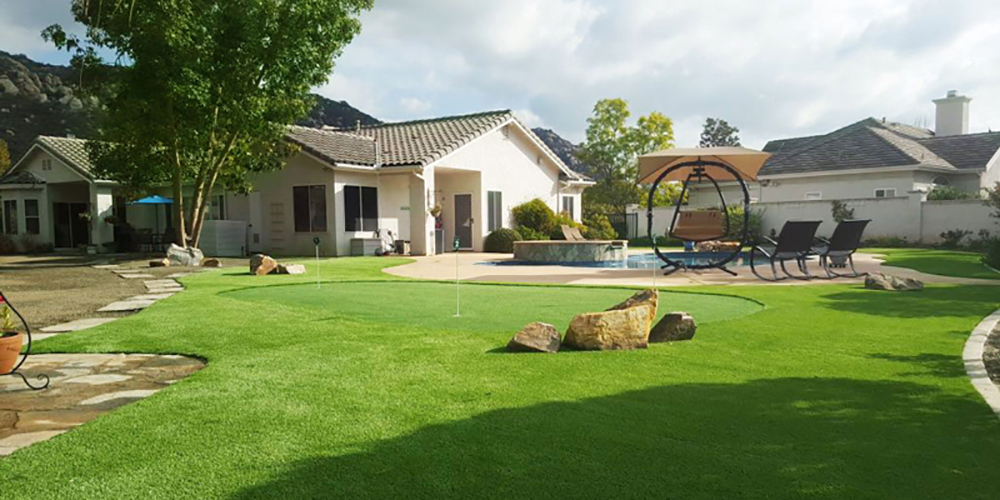
Synthetic Grass Quality
High-quality artificial turf will use fibers derived from polypropylene, polyethylene, polyamide, or some combination thereof. It also has a uniform backing, consistent coloring, and tightly stitched tufts.
Good quality artificial grass will cost you extra. But that shouldn’t stop you. Long-term, you’ll come out ahead. When it comes to artificial grass, only the highest-quality materials can hope to prevail.
Ask for a sample before you buy, especially when shopping online. You prefer to test the product yourself before committing to an actual installation. To make a buying choice, you must physically interact with the product.
Pile Height or Blade Length
The length of the blade is measured from where it emerges from the back of the blade to where it reaches its tip. As for the length of the blade, resist the urge. At first glance, they appear quite full and luxurious. They will eventually droop and make your yard look uninteresting and lifeless.
It will take considerable sweeping time to get it back to a standing position. The sweet spot for blade length is between 30 and 37 millimeters for both looks and feel. To achieve the look of a freshly mowed natural lawn, choose synthetic grass with a pile height of this size. The blades will still need to be straightened out with a broom occasionally, but not nearly as often as they would need to be with a higher pile.
Density
Density refers to artificial yarns per square foot of lawn. High-density synthetic grass lasts longer. They’re pricier. Considering the price, density can be compromised and compensated through infill.
Higher-quality artificial grass weighs more. Traditional installs don’t care about this. Verify the load-bearing capacity of the building before installing artificial grass on the terrace of a high-rise apartment or rooftop bar.
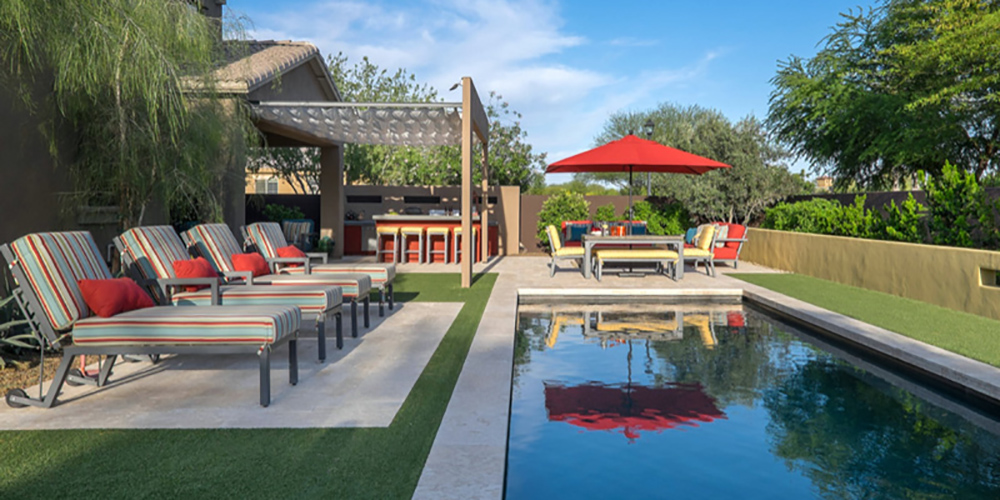
Backfilling
Synthetic grass infill varies, and installing sand and gravel is common. Other infills exist. The goal is a robust lawn. Discuss installation possibilities with your artificial turf company.
Polyurethane or latex is utilized for artificial grass backing. Latex-backed artificial grass sometimes expands and contracts. Choose polyurethane-backed turf for hot areas. This prevents lawn bubbles, ripples, and tearing.
Color
Be wary of the natural grass color. It’ll be obvious after installed. Super green grass products are usually inexpensive, and you will not have longevity issues.
Choose synthetic grass with varied green tones. Mixing olive, dark, and lime green creates a lush, natural effect. This is eye-catching. Look for products with brown thatches. Your yard will look natural and full.
Maintenance
The costlier the grass, the less it costs to maintain. Consider this before choosing. Also, consider if you reside in a weather-sensitive area, that’s a factor. How’s your canopy? Consider falling limbs and debris when making your decision.


